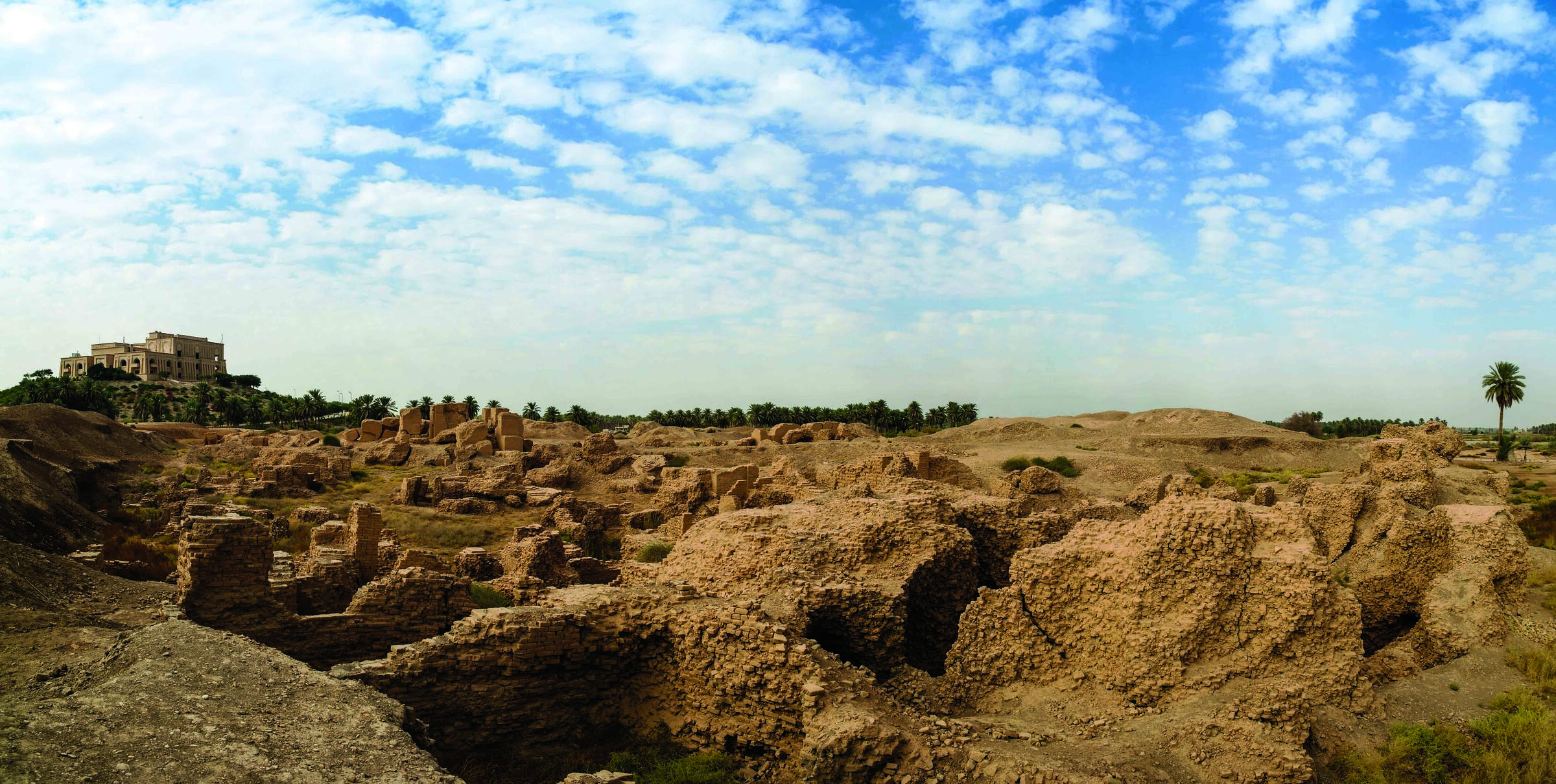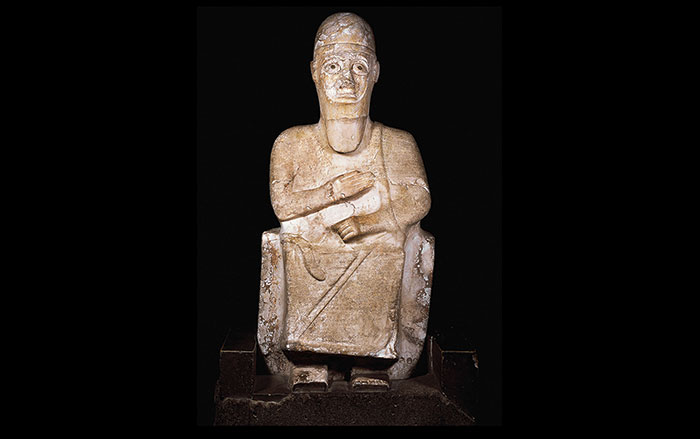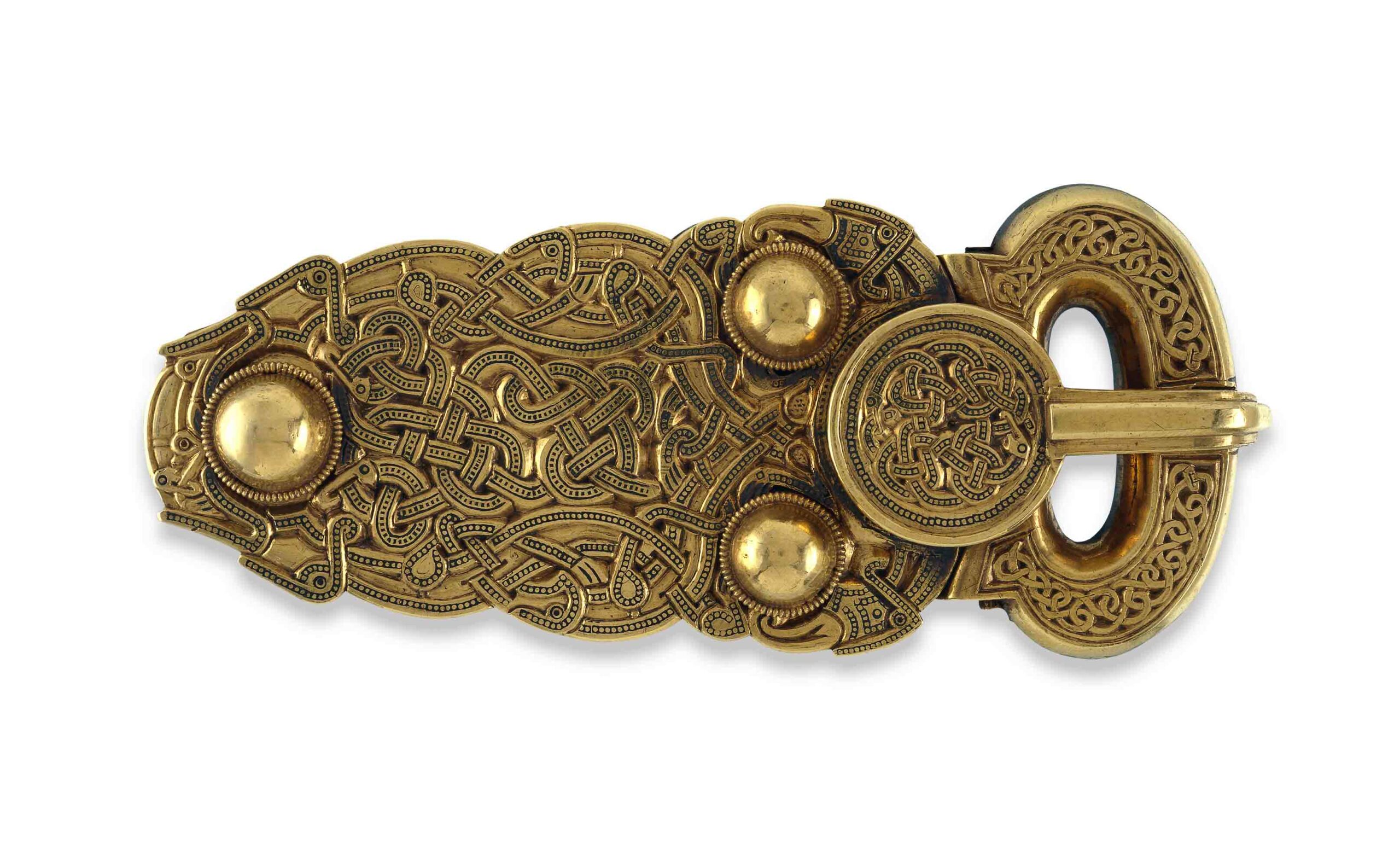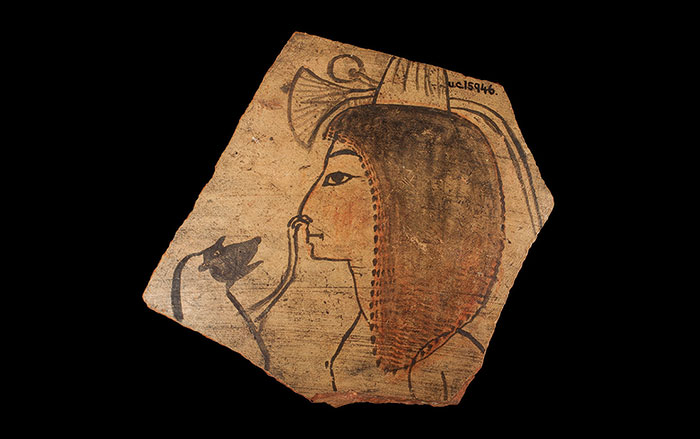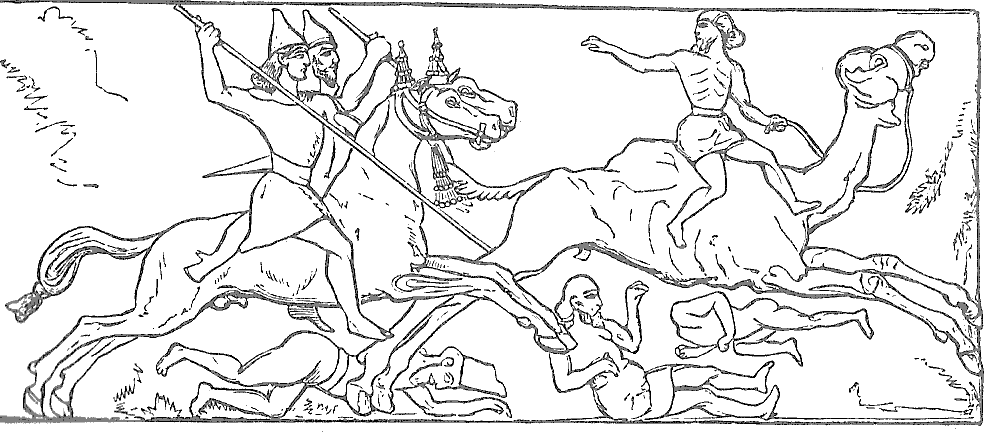
CAMBRIDGE, ENGLAND—Soldiers have been suffering from post-traumatic stress disorder for at least 3,000 years, according to a paper written by Jamie Hacker Hughes, director of Anglia Ruskin University’s Veterans and Family Institute, and psychiatrist Walid Abdul-Hamid of North Essex Partnership University NHS Foundation Trust. Historians often cite Herodotus’ account of Epizelus, an Athenian spear carrier who experienced psychological problems after the Marathon Wars in 490 B.C., as the first recorded case of PTSD. But texts from Mesopotamia’s Assyrian Dynasty (1300-609 B.C.) record traumas suffered by soldiers who were called upon to fight every third year during their military service. The symptoms were thought to have been caused by the spirits of the enemies whom the patient had killed in battle. “Ancient soldiers facing the risk of injury and death must have been just as terrified of hardened and sharpened swords, showers of sling-stones or iron-hardened tips of arrows and fire arrows. The risk of death and the witnessing of the death of fellow soldiers appears to have been a major source of psychological trauma,” the paper reads. “Moreover, the chance of death from injuries, which can nowadays be surgically treated, must have been much greater in those days. All these factors contributed to post-traumatic or other psychiatric stress disorders resulting from the experience on the ancient battlefield.” To read about the dramatic consequences of a battle in the Iron Age, see "The Price of Plunder."




